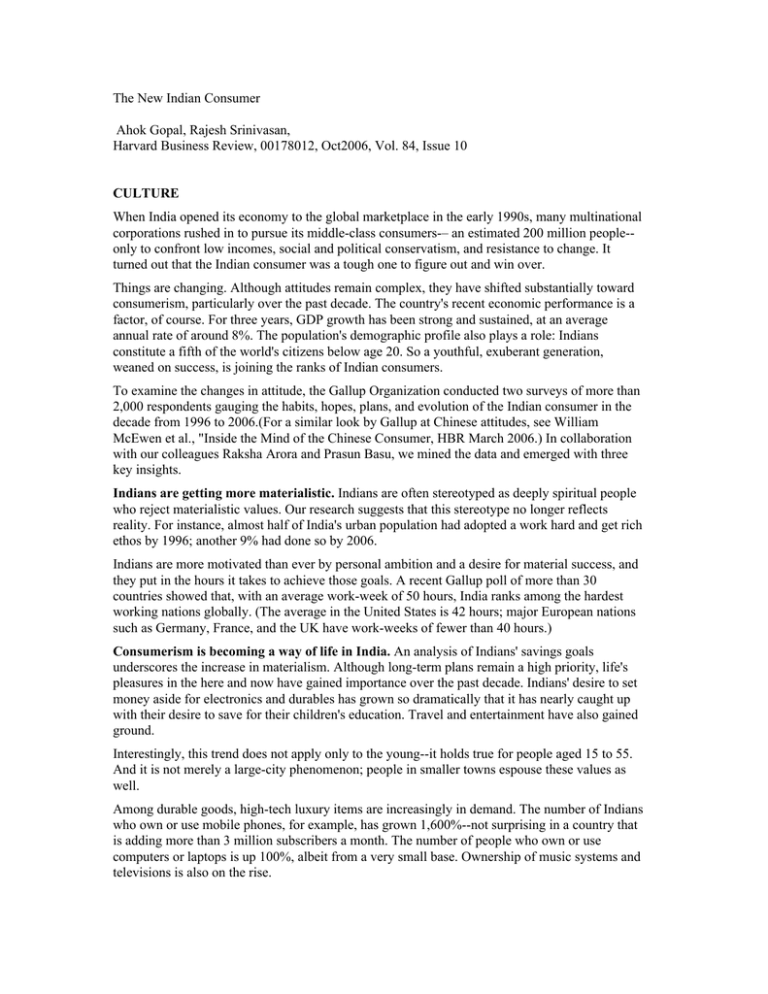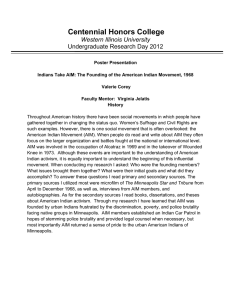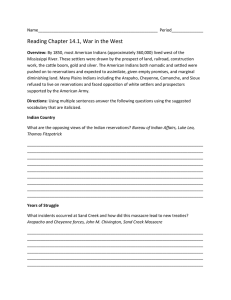The New Indian Consumer Ahok Gopal, Rajesh Srinivasan,
advertisement

The New Indian Consumer Ahok Gopal, Rajesh Srinivasan, Harvard Business Review, 00178012, Oct2006, Vol. 84, Issue 10 CULTURE When India opened its economy to the global marketplace in the early 1990s, many multinational corporations rushed in to pursue its middle-class consumers-– an estimated 200 million people-only to confront low incomes, social and political conservatism, and resistance to change. It turned out that the Indian consumer was a tough one to figure out and win over. Things are changing. Although attitudes remain complex, they have shifted substantially toward consumerism, particularly over the past decade. The country's recent economic performance is a factor, of course. For three years, GDP growth has been strong and sustained, at an average annual rate of around 8%. The population's demographic profile also plays a role: Indians constitute a fifth of the world's citizens below age 20. So a youthful, exuberant generation, weaned on success, is joining the ranks of Indian consumers. To examine the changes in attitude, the Gallup Organization conducted two surveys of more than 2,000 respondents gauging the habits, hopes, plans, and evolution of the Indian consumer in the decade from 1996 to 2006.(For a similar look by Gallup at Chinese attitudes, see William McEwen et al., "Inside the Mind of the Chinese Consumer, HBR March 2006.) In collaboration with our colleagues Raksha Arora and Prasun Basu, we mined the data and emerged with three key insights. Indians are getting more materialistic. Indians are often stereotyped as deeply spiritual people who reject materialistic values. Our research suggests that this stereotype no longer reflects reality. For instance, almost half of India's urban population had adopted a work hard and get rich ethos by 1996; another 9% had done so by 2006. Indians are more motivated than ever by personal ambition and a desire for material success, and they put in the hours it takes to achieve those goals. A recent Gallup poll of more than 30 countries showed that, with an average work-week of 50 hours, India ranks among the hardest working nations globally. (The average in the United States is 42 hours; major European nations such as Germany, France, and the UK have work-weeks of fewer than 40 hours.) Consumerism is becoming a way of life in India. An analysis of Indians' savings goals underscores the increase in materialism. Although long-term plans remain a high priority, life's pleasures in the here and now have gained importance over the past decade. Indians' desire to set money aside for electronics and durables has grown so dramatically that it has nearly caught up with their desire to save for their children's education. Travel and entertainment have also gained ground. Interestingly, this trend does not apply only to the young--it holds true for people aged 15 to 55. And it is not merely a large-city phenomenon; people in smaller towns espouse these values as well. Among durable goods, high-tech luxury items are increasingly in demand. The number of Indians who own or use mobile phones, for example, has grown 1,600%--not surprising in a country that is adding more than 3 million subscribers a month. The number of people who own or use computers or laptops is up 100%, albeit from a very small base. Ownership of music systems and televisions is also on the rise. Across products, a majority of the potential customers are entering the market for the first time. This is great news for marketers, since it signifies an expanding market, which will get even bigger as current owners replace or upgrade what they have. A word of caution: Although incomes have risen over the past ten years, middle-and lowerincome groups are increasingly dissatisfied with their earnings. It is essential to remember that 30% of Indians still live on less than one U.S. dollar a day. The highest-income groups are delighted with what their income can do for them; the middle and lower groups are much less satisfied. In the short term, income constraints and rising costs could slow India's transformation from a needs-based to a wants-based market. However, a heightened desire to lead the good life might well intensify the middle-and lower-income groups’ efforts to make more money, thus fueling consumerism in the long run. Foreign is passé; Indian is paramount. Indians long believed in the overwhelming supremacy of all things foreign. Antiquated products and technologies, well past their "sell by "date in more developed nations, were once lapped up by Indian consumers. Now, though, with Indians succeeding on the global economic stage, "Made in India " is no longer an apology. While Indians’ confidence in foreign companies has remained essentially static, their faith in domestic companies has grown. In 1996, only 34% of those surveyed expressed confidence in Indian companies; in 2006, 56% did. Indians realize that not all foreign goods are perfectly suited to their tastes and needs. They have become discerning consumers who want products that are made in India and for Indians. A look at the most respected brands in India is telling. Of the top 20 named in a survey, eight are Indian, including names like Tata, Godrej, and Bajaj. Only five of the top 20 are new foreign brands. These have succeeded because they have customized technology to meet Indian needs. Hutch, Nokia, and Samsung have done this particularly well. Nokia modified one of its mobile phones by adding a built-in flashlight that truck drivers, for instance, find useful on poorly lit highways. "Indianizing" also has to do with keeping prices at levels that are manageable for the average Indian consumer. Seven of the top brands come from well-established MNCs that are either thoroughly indigenized or involved in a joint venture that gives them the advantages of both worlds--customization of products for India with levels of quality and technology associated with international companies. Names such as Philips and Hero Honda fall into this group. Trying to connect with consumers at an "Indian" level is a mammoth task. For one thing, India is a diverse country, with 23 official languages and more than 1,000 dialects. It's also one of the world's oldest civilizations, and rather than dispense with traditional values, it has wrapped modernity around its traditional core. For instance,83 %of Indians approve of women's working outside the home, and 74% approve of women's delaying marriage to further their education or careers (both percentages are up substantially from ten years ago); yet only 25% approve of marriage to someone who is not an Indian, and only 5% approve of couples’ living together without getting married. To the outside world, the harmonious coexistence of seeming contradictions is one of the most confusing aspects of the Indian psyche-–but it also signifies the country 's openness to change and its ability to add new dimensions without losing old ones. The companies, domestic or foreign, that understand this complexity will be the most successful at working with and selling to Indians and stand to reap enormous benefits of scale. Changes in Consumer Behavior Savings Goals (percentage of Indians who identified these as among their goals) 1996 Children's education Electronics and durables Travel and entertainment 63 29 21 2006 62 60 40 Durable Goods Purchases (percentage of Indians who own or use) 1996 Computer or laptop Land line Mobile phone Music system Color TV Washing machine Refrigerator 1 7 1 8 12 6 12 20 Most Respected Brands in India GRAPH: Changes in Consumer Behavior 2006 2 18 17 13 41 7 22






